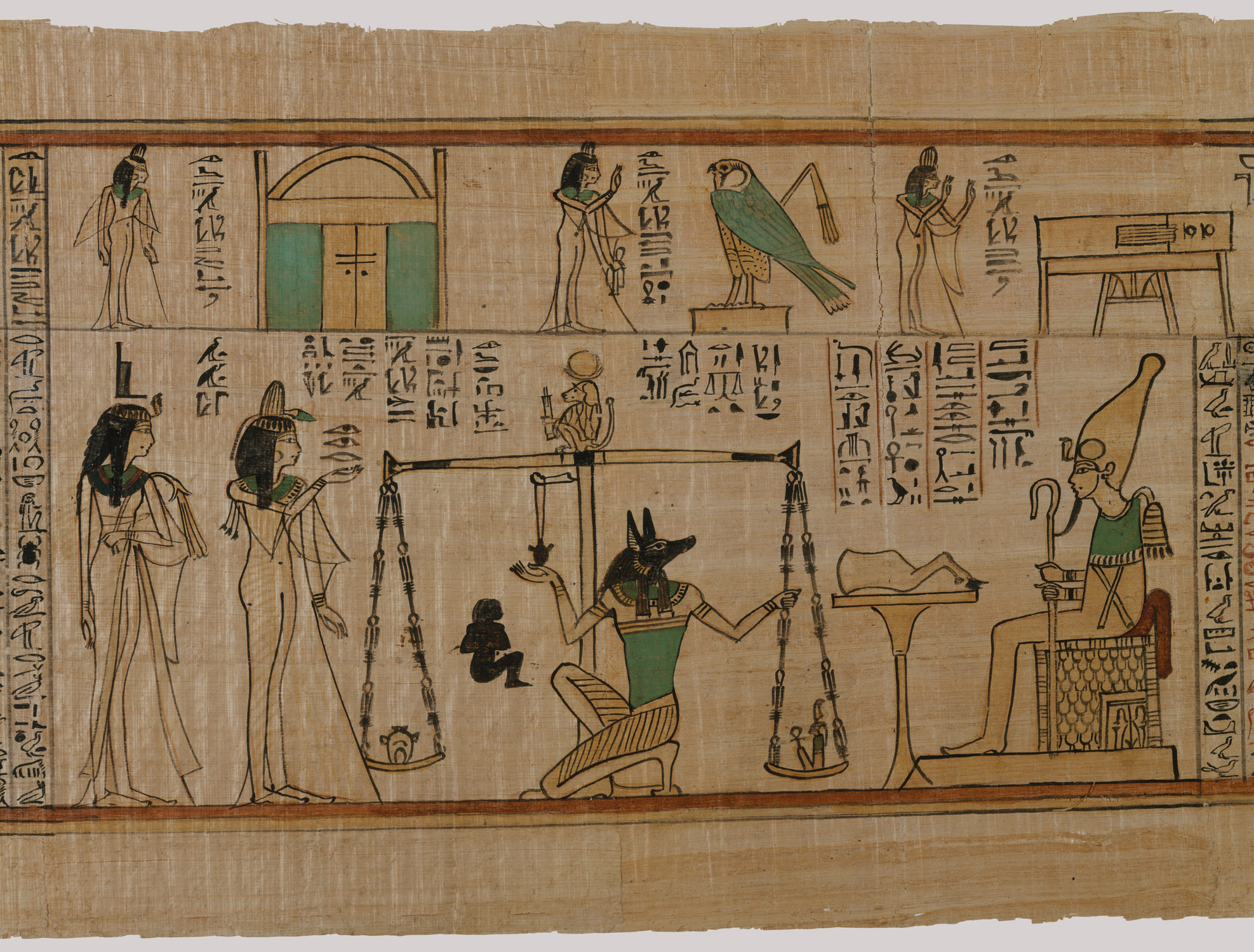

Temple gardens were used to raise certain vegetables for ceremonies. Beginning during the New Kingdom, gardens were attached to more luxurious residences and were sometimes enclosed by walls. Secular gardens were located near the river or canals and were used mainly for growing vegetables. Gardens belonged to temples or the residences. The earliest gardens were composed of planting beds divided into squares by earthen walls, so the water could soak into the soil rather than be lost. Water was hoisted from the Nile in leather buckets and carried on the shoulders to the gardens, and later, beginning in about the 4th century B.C., lifted from wells by hoists with counterbalancing weights called shadouf in Arabic. The history and character of gardens in ancient Egypt, like all aspects of Egyptian life, depended upon the Nile, and the network of canals that drew water from it. Temples, palaces, and private residences had their own gardens, and models of gardens were sometimes placed in tombs so their owners could enjoy them in their afterlife.

Gradually as the country became richer, they evolved into pleasure gardens with flowers, ponds and valleys of fruit and shade trees. The gardens of ancient Egypt probably began as simple fruit orchards and vegetable gardens, irrigated with water from the Nile. Your framing needs.Rectangular fishpond with ducks and lotus planted round with date palms and fruit trees, in a fresco from the Tomb of Nebamun, Thebes, 18th Dynasty All papyrus paintings are sent with "rough" edges, easily trimmed to fit it is not machine stamped, genuine papyrus is used, notīanana paper. Known for his masks which are beyond compare, he uses only the dark papyrus Gamal's work is speaks for itself with scenes that come alive. Raafat, who has trained under Khedr for over a decade. Will be introducing other artist's from the House of Khedr such as Khedr and his family have been painting papyrus art for over 60 years. We Including the Ankh, Tree of Life, along with the journeys into Including the Final Judgment, Ramses, Bast the Egyptian cat and Isis Royalty, including King Tut, Nefertiti, Cleopatra, Nefertari, Solar Discs, Pyramids, and King Tut to name a few. Papyrus, an artist flair to iconic ancient Egypt. Queens, Ramses in the battle of Kadesh and afterlife, Cleopatra, Nefertiti. Ranging from the Funeral Masks to his marriage and the dailyĬalendar, Eye of Horus, Ankh, Scarab, Tree of life and many more.Ĭontinue your journey into Ancient Egypt with more Kings and The Goddess Gallery, find Nout, Bastet, Isis, Maat and more.Ģ0 hand painted papyrus scenes bring these goddesses to life. The afterlife with 14 scenes in a variety of sizes. We are showcasing three premiere papyrus artists of EgyptĬlick on the pictures below to view larger images and complete details ofīeautifully detailed papyrus painting scenes of the FinalĬomposite scenes, Scarabs, Geese and personalized papyrus, varietyĭiscover the world of Queen Nefertari, a Royal Wife of King Ramses,ĭepicted as his equal. Your papyrus painting will last many lifetimes because it is genuine papyrus, not banana paper. Bring the past alive with Egyptian papyrus paintings depicting the daily life, mythology, gods and goddesses of ancient Egypt. Product Description: Choose from over 170 scenes.


 0 kommentar(er)
0 kommentar(er)
